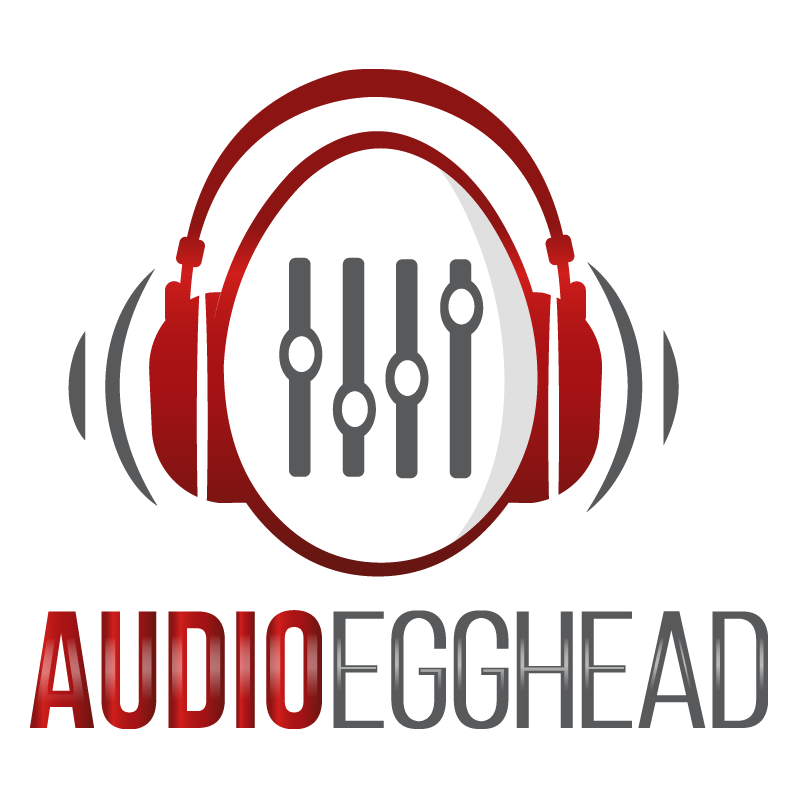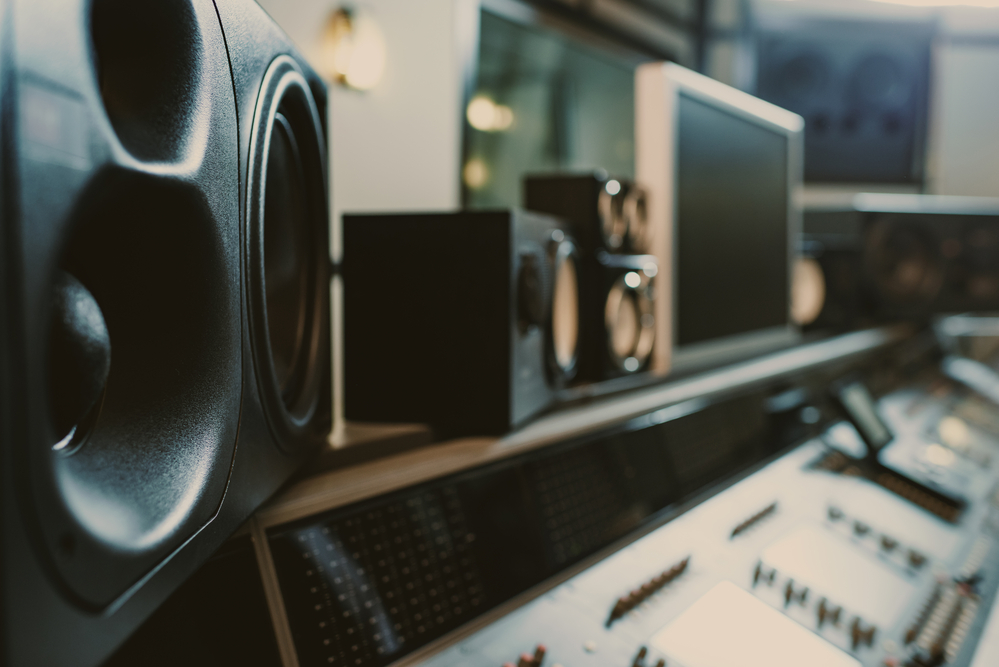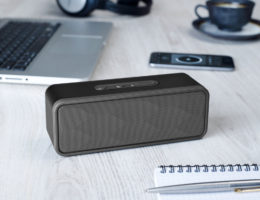Many of you don’t remember the days of listening to music on the go by carrying around a boombox—portable stereos with cassette players, yeah, and they weighed up to 15 pounds. About the same time, John Lennon eyeglasses were out, and thicker, Ray-Ban style glasses were in. Fine—they went well together. But now we have over the ear headphones—so many glasses wearers are asking how to wear headphones with glasses, so it doesn’t hurt. Well, mundane topic maybe, but here’s our answer.
Skip to “How to Wear Headphones with Glasses”
Beloved Headphones…A Brief History
Today, we can’t live without our headphones. Whether you’re going for a run and need your inspirational playlist or you spend 24 hours straight gaming online, they’re essential. Most states require you to use headsets or Bluetooth to have phone conversations while you’re driving—the need is everywhere.
So, how did we get from the boombox to modern-day headsets?
The History of Headphones
Early Days
No, Dr. Dre had nothing to do with the invention of headsets—surprising, we know. The first headsets were used in the late 1800s by telephone operators. Not at all resembling what we have today, these rested on the shoulder of the operator and had a direct line they plugged into the telephone unit. PS—these weighed about ten pounds. Try that on for an eight-hour shift.
At the turn of the century in London, the Electrophone was introduced. People who paid a subscription could call an operator and ask to be connected to one of several opera houses or churches to listen in on what was happening that day, live. Each available space used hundreds of microphones to broadcast what the operators would plug listeners into. With only 600 subscribers, this went defunct around 1925.
Both models required an operator to literally plug into a local switchboard. It wasn’t until the US Military that something resembling what we have now took hold.
The First Modern Headphones

This is when people probably started asking how to wear headphones with glasses. Nathaniel Baldwin started building what looks like the modern ear headphones in his kitchen—by hand. They used a sensitive telephonic receiver and in 1910 he sold them to the US Navy. He never patented them because he thought the invention was trivial—hindsight, people.
The first set of dynamic headphones came from the German company Beyerdynamic. Dynamic headphones are still the most popular type of headphones and use a driver that is actually a miniature speaker instead of the armature headphones that use an amplifier like those found in hearing aids. The DT-48 was the first set of its kind intended for home use.
AKG, a firm in Vienna, took the dynamic headphones one step further in 1947 by focusing on the aesthetic and design of their set called the K120s. These were sleek and look like something The Sharper Image would have sold in the 2000s to too-cool-for-school teens.
Sound in Stereo
Remember this name—John C. Koss, because he revolutionized the way we hear music today by inventing a set of stereo headphones. People were suddenly hearing music almost as if they were at a live performance because each ear had its own, independent speaker. Koss had no formal education—just a love of jazz and a clear vision of what headphones ought to sound like. He cornered and dominated the market.
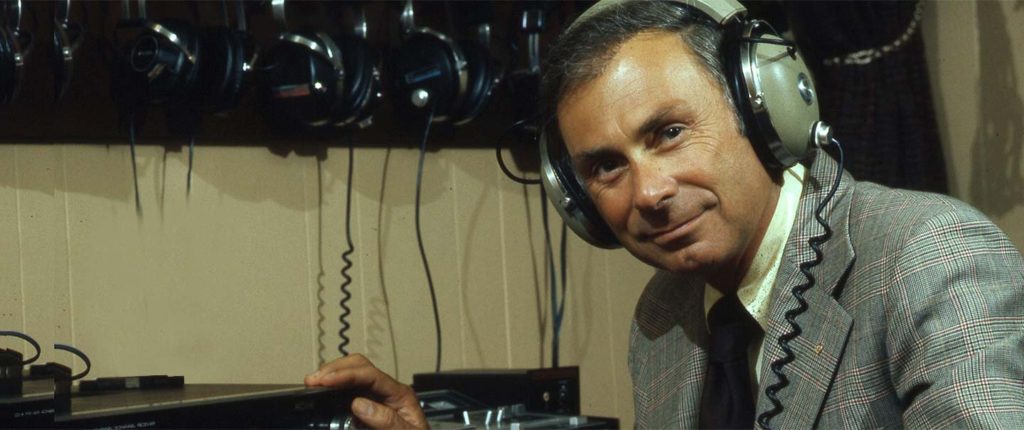
And then there was rock n’ roll and headphones’ first celebrity endorsement—the Beatles. Intolerant parents and insatiable teenagers everywhere thanked Koss for his invention. If you look at the box for The Koss Beatlesphones, the marketing will surprise you. The word “beat” is singled out with the “les” of the word Beatles in smaller print. A foreshadowing for Beats? Hmm…
The Walkman and the 80s

Oh yes, this became an 80s icon when Sony made the first portable headset. If you wanted to roller skate down the street and tune into your favorite radio station, you could. We think this is how dance roller-skating really took hold—and short shorts… for men.
The 1980s also saw the first earbuds—obviously in an array of colors to match the outfits Benetton and Esprit were throwing at us. As the use of Aqua Net to secure the height of big hair came into fashion, these had a thinner headpiece, so it didn’t crunch down the whole top of your head.
2000s and Beyond
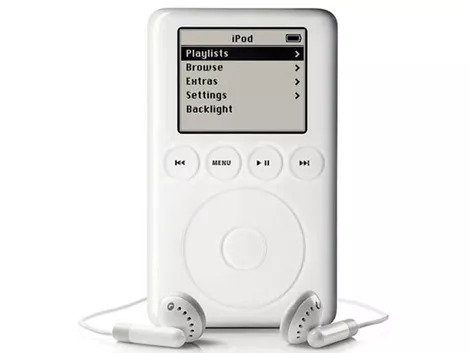
And welcome to the future. Bose unveiled its first pair of noise-canceling headphones to the public. Airline pilots had been using them for years and in 2000, Bose thought it might be a good idea to drown out screaming babies and snoring spouses. They were right. A Noise-cancelling pair of headphones is more popular than ever now. Bose Quietcomfort 35 is what you will want. to search when looking for these.
Enter Steve Jobs—you pretty much know the rest. Everyone gasped as the iPod changed everything. You could have thousands of songs at your listening disposal and it only got better from there. If you remember the iPod Nano, you could have songs stored to an iPod the size of a matchbook—a small matchbook. His signature white earbuds were hanging from ears everywhere.
Dr. Dre and Jimmy Lovine made over the ear headphone super cool and trendy—they also sounded like nothing else. They designed beats by Dre for deep bass sounds and soon celebrities and sports stars were wearing them everywhere making them wildly coveted by kids and adults alike.
How to Wear Headphones With Glasses

With all the technology and constant reinvention of the headphone wheel, where’s the guy or gal inventing headphones for the optically challenged or UV light aware? They haven’t arrived on the scene yet—get on it, already. For now, there are some steps you can take to avoid the pressure headaches and red spots associated with both listening and seeing at the same time.
Headset Tension
First, examine the clamping tension on your ears. If your headphones have a vice-like grip or vacuum seal, your glasses will cause you pain. Loosen the headset as much as you can without them falling off when you move. You can also tighten them, depending on your model, to make the top of your head bear as much tension as you can.
Ear Pads
How to wear headphones with glasses and not be in pain Step 2: earpads.
Not all cushioning is created equal. The four types of ear padding material are:
- Leather
- Pleather
- Velour
- Hybrids—leather and velour together
Leather and pleather are the stiffest materials—and that’s good for noise canceling and audio isolation—it’s not so good for your head and ears if you wear glasses. Even people who don’t wear glasses need a break from these. If you need your bass and isolation, you might find it difficult to switch.
Hybrids are more expensive and are somewhere in between comfort and misery. Many models of headphones offer memory foam padding, which, when paired with lightweight earpieces, the result is a much more comfortable fit, ideal for gaming headsets, there is much less pressure on the sides of your head.
Velour is the most comfortable of the padding options, but they don’t isolate sound as well and nobody would consider them noise canceling. If you wear glasses and are constantly wondering how to wear headphones with glasses and not have to grunt in agony, these are the way to go. It’s soft and dreamy velour—there’s a reason they make lounge suits out of this material—you can live in it.
If you want to take it the extreme, you could make a cut in the padding to make room for your glasses. But do so at your own risk, and only if your earpads are easily replaceable.
On-Ear or Over-Ear
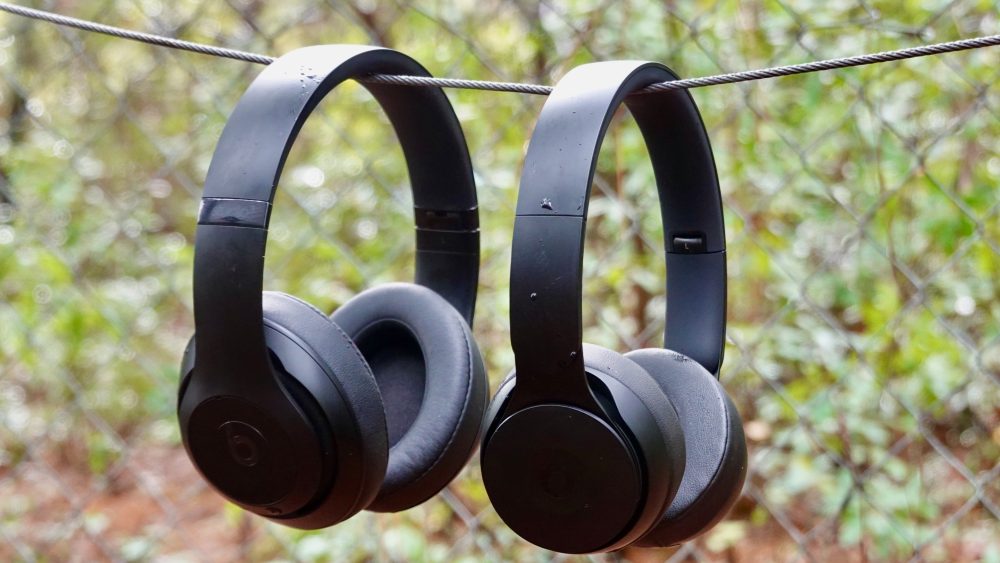
On-ear headphones clamp directly on your ear which avoids, for most people, making contact where your glasses fall. The clamping tension for on-ear is much tighter than over-ear so these can push the top of your ear into the temples of your glasses and then into the temples of your head. Misery.
Over-ear headphones have a much lighter clamping force but will come in direct contact with the temple of your glasses. Still, if you have velour padding and soft clamping—this is definitely the way to go.
In-Ear
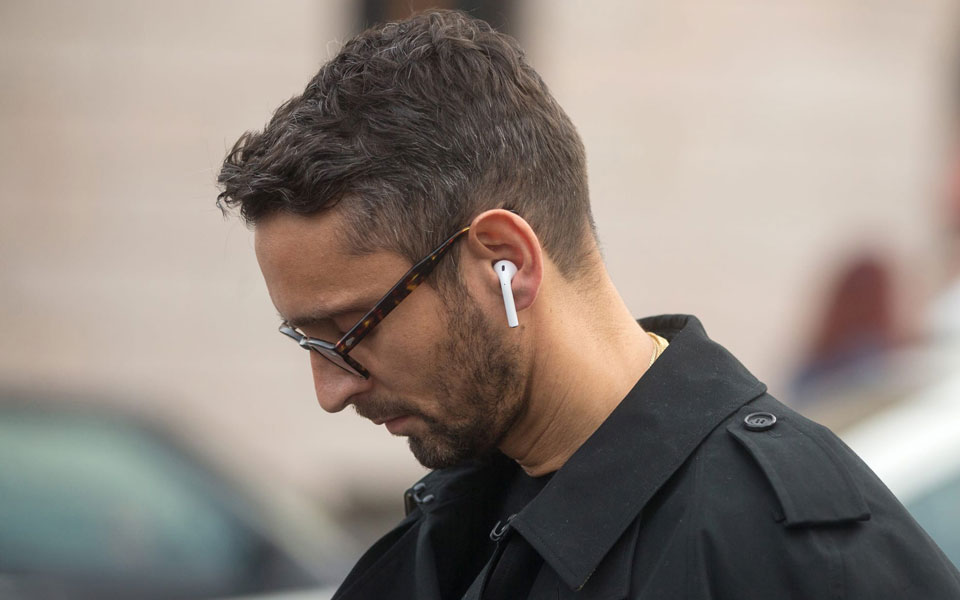
Wired
One way to avoid the headphones creating too much pressure on glass frames problem completely is to try wired or Bluetooth earbuds.
Although wearing earbuds for extended periods of time may also be uncomfortable for the listener, they may be the best headphones in the situation of the glasses wearer, and present the best possibility for the listener to remain comfy in this situation, allowing for the best listening experience.
The pros of going with earbuds are that they are lightweight and will not come into contact with your glasses. If you get wired earbuds, you don’t have to worry about battery life either.
Bluetooth / Wireless
On the contrary, if you are not worried about recharging your earbuds, and don’t want to deal with untangling a mess of wires every time you put your headphones on, you may want to look into purchasing a set of wireless bluetooth earbuds.
The cons of using earbuds are that they most likely will not offer any level of noise cancellation, and often will not offer the same level of sound quality.
However, this is probably the best solution to remedy the issue of achieving comfort while wearing glasses simultaneously with headphones. If you are opposed to the idea of switching to earbud headphones, there are some options for switching up your eyewear as well.
Wrap Around Earbuds
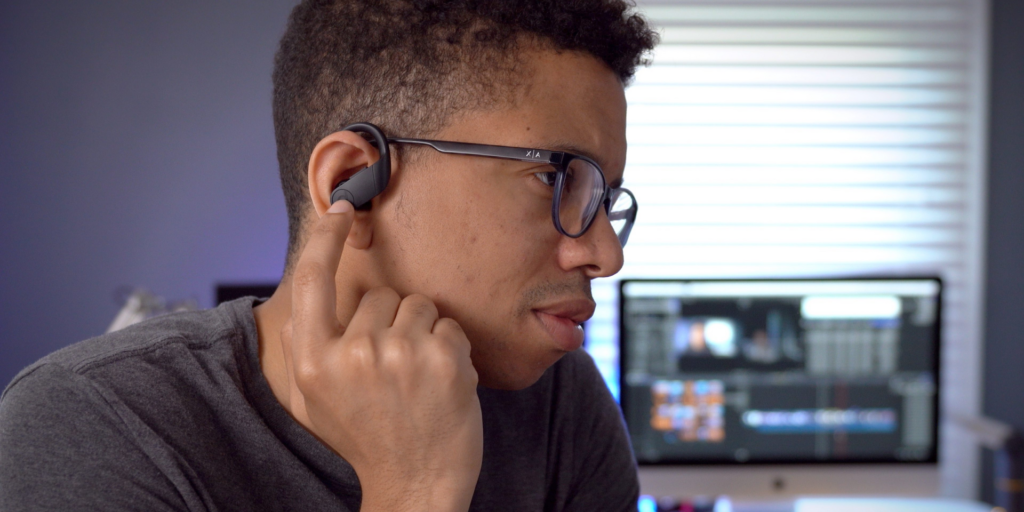
If you absolutely can’t stand earbuds, or they just don’t fit well in your ears, consider wrap around earbuds.
The plastic wraps around your ear, securing the earbuds to your ears so they stay in place without shoving them right in.
What You Can Do About Your Glasses
Thinner Frames
Part of the ‘how to wear headphones with glasses’ conundrum is the glasses themselves. If you’re a heavy headphone user, and looking for the highest level of comfortability, it may be wise to look into getting thinner frames. If this doesn’t match your vibe, then get a pair only for gaming or music listening in the privacy of your own home and show your style with thicker frames out in the real world.
Gaming Glasses
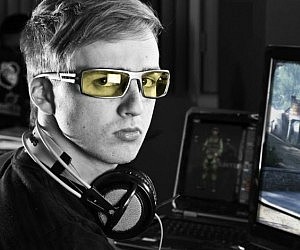
There are also gaming glasses with lightweight designs specifically for long session use.
They have angled and flexible ear guards that give way to the weight of the headphones and don’t give you pressure point soreness.
They also protect your eyes from the blue light emanating at gamers and incessant writers so you can stave off eye fatigue.
[More] Nerd Stuff
And for those of you who are serious about wearing your headphones indefinitely with no discomfort and don’t care how you look, we give you the clamp-on glasses—yep, you know these because your high school biology teacher wore them.
One Other Option…
These are really the only answers to how to wear headphones with glasses and feel no discomfort at all.
There is one other alternative that we have not mentioned yet, and that is the option of switching from wearing glasses to contact lenses while wearing your headphones.
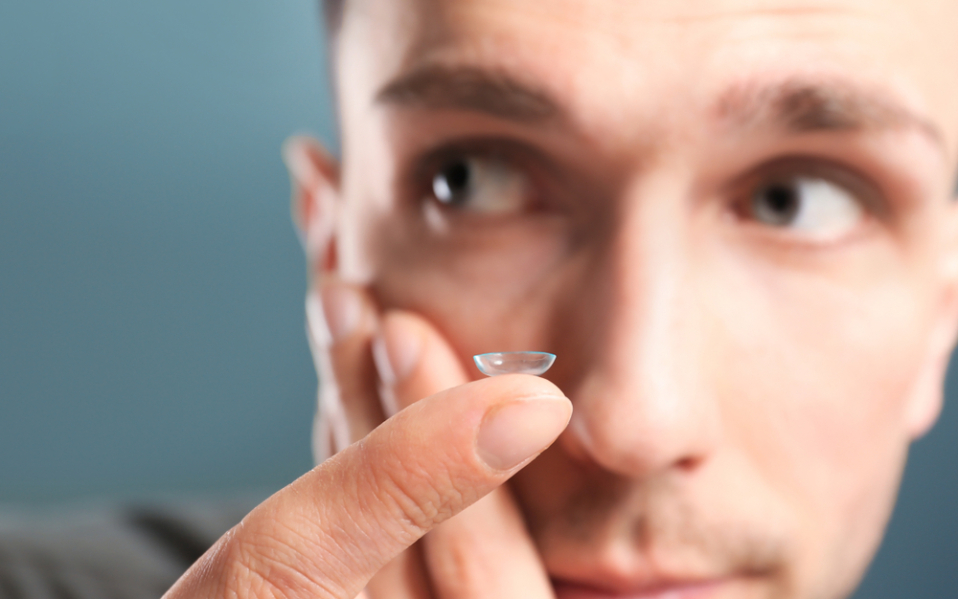
We realize that this is not an end-all, universal solution for the vision impaired audiophile, because many people find wearing contacts to be even more uncomfortable than wearing glasses and headphones at the same time.
Since we are all different, physically, and have different sensitivities and levels of comfort, we all find some things comfortable and uncomfortable that other people would not agree with. At the end of the day, it is important to think for yourself, weigh your options presented here, and find the best solution for yourself.
Go Forth in Comfort
Now you know how to wear headphones with glasses and minimize or eliminate the pain associated with them.
Some great brands that have lightweight, comfortable headphones are Sony, Sennheiser, and Bose. Amazon is a great place to find all of these headphone brands and they sell glasses frames there as well. Happy browsing!
